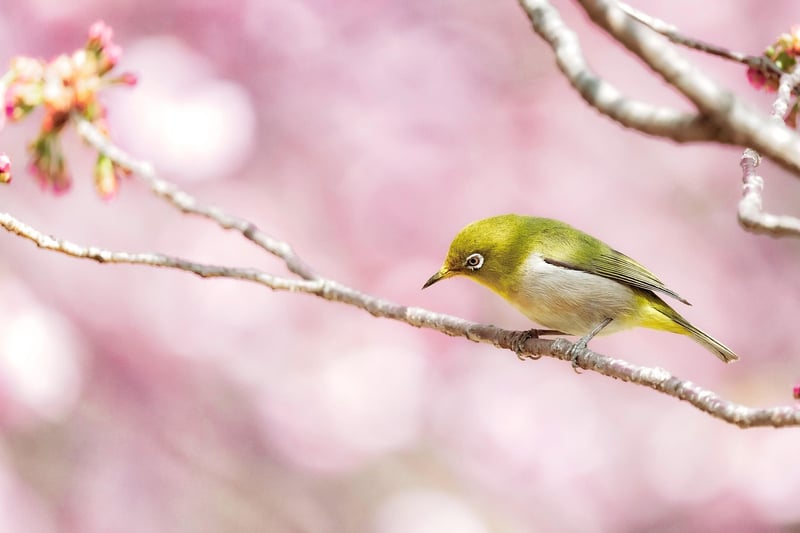Pruning techniques
#Watering
#Sunlight
#Pruning
Maintaining Plant Health Through Proper Pruning Techniques

Pruning is a vital practice in gardening that not only helps in shaping plants aesthetically but also plays a crucial role in maintaining their health. By understanding the proper techniques of pruning, you can ensure the longevity and vitality of your plants.
1. Why Prune?
Pruning serves several purposes, including:
- Promoting plant growth
- Removing dead or diseased branches
- Enhancing flowering and fruiting
- Improving air circulation within the plant
- Controlling the size and shape of the plant
2. When to Prune?
The timing of pruning depends on the type of plant:
- Spring-Flowering Plants: Prune after they bloom in spring.
- Summer-Flowering Plants: Prune in late winter or early spring before new growth begins.
- Evergreen Plants: Prune in late winter or early spring.
3. Pruning Techniques
Some essential pruning techniques to keep in mind:
- Use clean, sharp tools to make precise cuts.
- Remove dead or diseased branches by cutting at an angle just above a healthy bud.
- For shaping, prune just above a node to encourage new growth in the desired direction.
- Avoid over-pruning, as it can stress the plant.
4. Tools for Pruning
Having the right tools is essential for effective pruning:
- Pruning Shears: Ideal for small branches and stems.
- Loppers: Best for thicker branches that pruning shears can't handle.
- Pruning Saw: Used for larger branches or tough woody stems.
- Pole Pruners: For reaching high branches without a ladder.
By mastering the art of pruning and following these techniques, you can ensure the health and beauty of your plants for years to come.
Remember, proper pruning not only enhances the appearance of your garden but also promotes the overall well-being of your plants.

